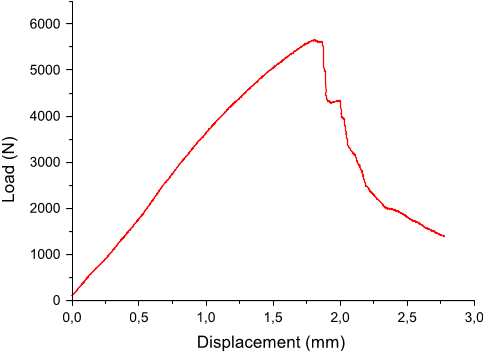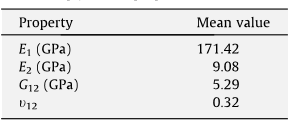Q1. What are the contributions in "Measurement of resistance curves in the longitudinal failure of composites using digital image correlation" ?
This paper presents a new methodology to measure the crack resistance curves associated with fiberdominated failure modes in polymer–matrix composites.










![Fig. 8. Geometry of compact compression test specimen (after [14], dimensions in mm).](/figures/fig-8-geometry-of-compact-compression-test-specimen-after-14-2il680ky.png)

![Fig. 7. Geometry of compact tension test specimen (after [14], dimensions in mm).](/figures/fig-7-geometry-of-compact-tension-test-specimen-after-14-3v7xvx69.png)
